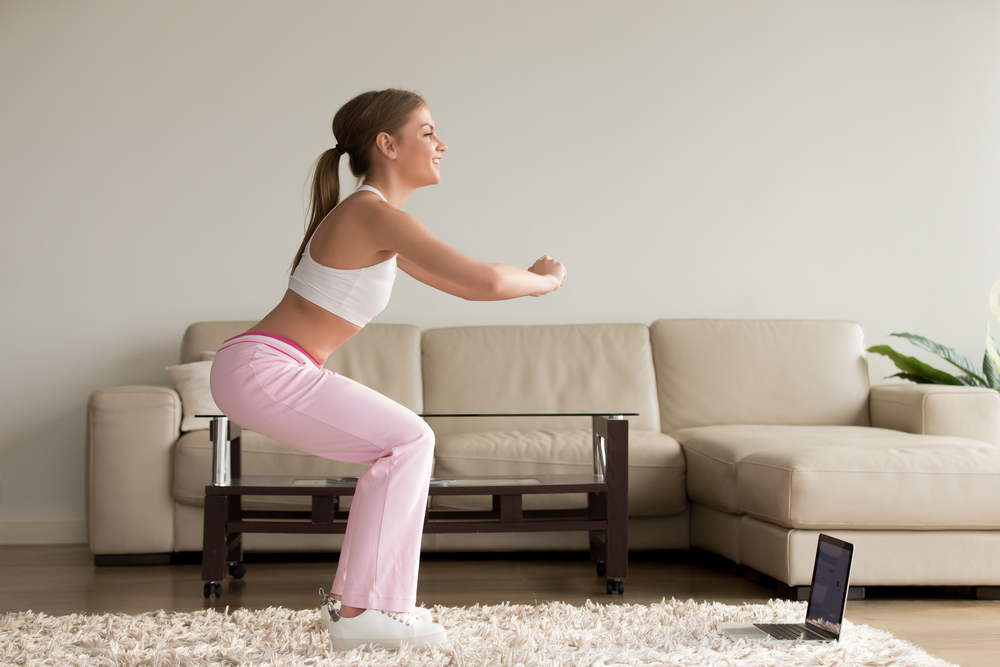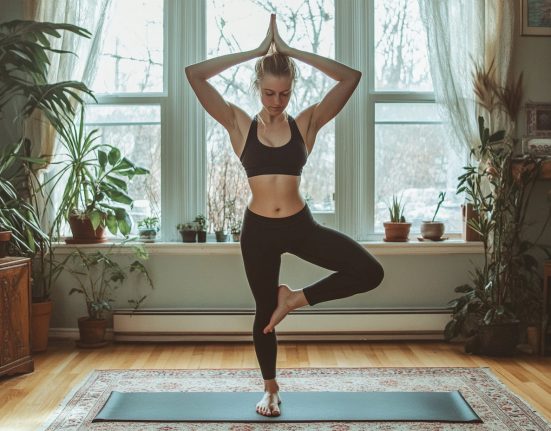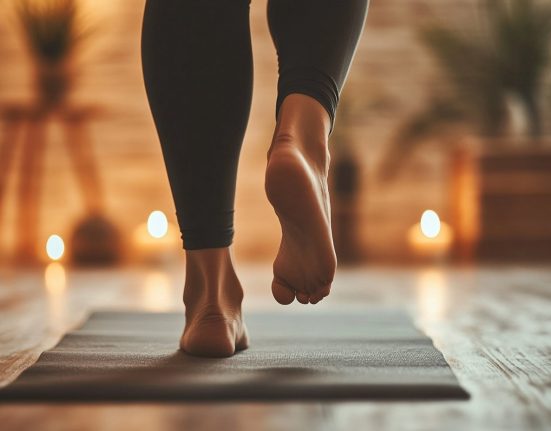Try these easy ways to sneak exercise into your daily routine and improve your everyday health.
I’m far from the first person to say it, but exercise is essential for our overall health. Exercise helps boost your mood, relieve stress, increase energy, improve sleep quality and lower your risk for developing chronic illnesses and diseases like diabetes, cardiovascular disease and high blood pressure.
You might be wondering, if exercise is so important to our overall health, why can it be so miserable?
Trust me, I get it. I live an active lifestyle, making an effort to work out daily, and yet I still have that mental debate every morning where I spend several minutes attempting to talk myself out of exercising. Although I never regret working out after the fact, it can be hard to jump the mental hoop. Over the years, I’ve found some easy tricks to get myself more active each day. No, going to the gym and doing a hard-core weight workout isn’t required. There are actually sneaky ways to get more exercise day-to-day that won’t leave you exhausted and miserable. Here’s my secret sauce.
1. Set a routine
OK, so this isn’t really a secret. Creating a regular habit of working out would be ideal — duh! But it’s creating that habit that’s the tricky part. Here’s where I can help.
One of the most efficient ways to build a habit is through the Cue-Routine-Reward system. MIT researchers discovered the power of the neurological loop at the core of every habit. This “habit loop,” later coined by Charles Duhigg in his 2012 book The Power of Habit, consists of three parts: a cue, a routine and a reward.
This system can be applied to building any habit, from drinking more water to waking up earlier. It can certainly apply to creating a workout habit.
For example, say you want to wake up and go to the gym each morning before work. The cue, what triggers the habit, would be the morning and your alarm going off. (Choose a time that works best for you and be consistent. Using multiple cues like time of day and sound can increase your likelihood of performing your routine.)
Your routine, the habit or action you want to create and reinforce, would be getting up and changing into your workout clothes. This can help prevent you from going back to sleep and ensure you hit the gym since you’re already ready. And once you finish the routine (the exercise), you’ll be rewarded. This could appear in the form of endorphins as a bodily reward that can motivate us to do the routine again, or it could even be a tangible reward, like buying yourself new socks after a week of hitting your exercise goals or investing in a new yoga mat after a month of doing yoga each day.
Each person will have a different response to these three elements. It’s important to experiment with what cues and rewards work best for you to develop a consistent routine of training.
2. Start small
A lot of people assume they need to run themselves ragged in the gym to get more fit, but that’s really not true. All you need is about 20 or so minutes a day. The US Department of Health and Human Services recommends a minimum of 150 minutes of moderate aerobic activity a week — that breaks down to a little more than 20 minutes each day. They also recommend strength training to work the major muscle groups at least two times a week.
Thirty minutes of activity each day is an ideal place to start to fulfill your weekly needs, but if that sounds daunting, you can start with even smaller increments. Simply walking on the treadmill or cycling on a stationary bike for five minutes can get you into the habit of exercising a little each day. What you’ll likely find is that those five minutes actually aren’t too brutal, and are maybe even enjoyable. So, the next time you jump on the treadmill, bike or other equipment, you’ll decide to stay for 10 minutes then 15 minutes then 20 minutes, building yourself up bit by bit until you’re getting your heart rate up for 30-plus minutes each day.
You can also start with low-impact activity. A brisk walk in the evening is a more than sufficient workout.
3. Habit stack
Habit stacking, popularized by James Clear in his book Atomic Habits, is a way to create small yet healthy habits. This term might be new to you, but it’s really straightforward: you “stack” the new behavior (exercising) onto a habit you already have to help you remember to do it. This will cause the combo to become a habit.
For instance, if you listen to a podcast every day, try going for a walk while you listen. Waiting for your morning coffee to brew? Try stretching while you wait. Habit stacking can be used in a multitude of ways to make new fitness habits blend into your daily routine.
4. Get active at work
Your workday doesn’t have to be totally sedentary. Rather than using your full lunch hour to eat, take some time to go to the gym, speed walk around the office or run errands. You can also break up the drudgery of the day by taking a walk during one-on-one meetings instead of sitting at a desk or conference room — anything to get up and get moving.
Try to get up every so often to stretch your legs: rather than emailing or Zooming coworkers, get up and talk to them in person if you can; use the stairs rather than the elevator; get up and refill your water every so often.
5. Do exercises you actually like
This is a big one. If you hate exercising, it might be because you aren’t doing workouts you enjoy. Very few people actually enjoy running around in circles for miles. So don’t.
Branch out and try different kinds of workouts until you find one you genuinely enjoy. Biking, surfing, paddle boarding, yoga, hiking, skiing, rock climbing, kayaking and ice skating are all fun activities that get your heart rate up. This will require you to go out of your comfort zone and to be patient as you try things out, but it’ll be worth it when working out no longer feels like a chore.
One trick I used when first getting into working out was using the ClassPass free month trial to try new gyms and classes. The free first-month subscription allows you to visit a particular gym or studio only once throughout the month (you can visit as many times as you want throughout the month after the free trial). This plan is meant to encourage new users to try exercises that might be totally foreign to them, like reformer pilates or hot yoga. During my first month, I tried a boxing class and I was immediately hooked (pun only slightly intended). Now, boxing is one of my favorite ways to incorporate cardio without feeling miserable. I initially felt insecure about trying something so out of my comfort zone, but I felt comfortable within a week and now feel grateful that I found a new activity that I love.
6. Get active while watching TV
Let’s be honest, running on the treadmill is boring. Riding on a stationary bike is boring. Watching TV is way more fun. That’s why you should combine the two.
There’s no shame in catching up on your favorite show while hitting the gym. Trust me, I’ve been rewatching Game of Thrones on my phone while riding on the stationary bike each day. Not only does the entertainment keep my mind off the burn in my legs, but it pushes me to stay longer. Before downloading Netflix and HBO Max on my phone, I’d stay at the gym for 20 to 30 minutes. Now, I usually stay on the bike or treadmill for 50 to 60 minutes — until the episode is over.
7. Make it social
Exercise doesn’t need to be solitary. Having a workout partner can help keep you motivated and hold you accountable in your routine. If you don’t have one buddy to join you, sign up for a workout class. The structure of working out in a group can push you to work harder while also introducing you to new people.
I recommend exploring the fitness course schedule at your local YMCA or gym, signing up for a boxing, dance or yoga class or purchasing a ClassPass membership, which can grant you access to thousands of health clubs in your city.









